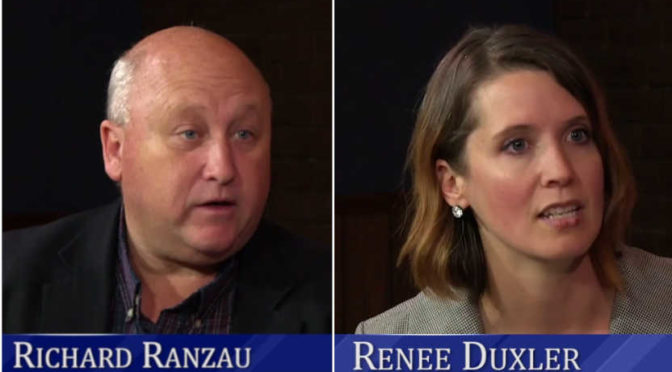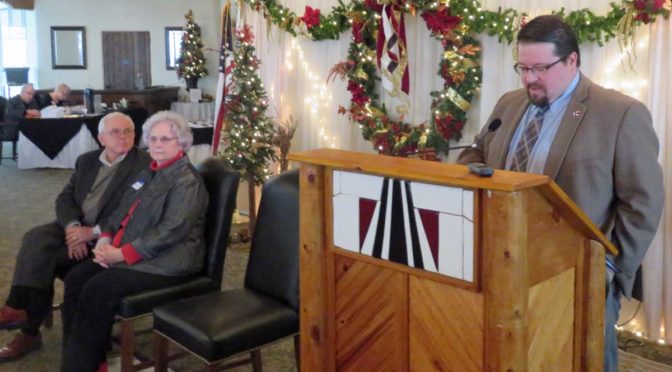Tag: Dave Unruh
-

Intrust Bank Arena loss for 2019 nears $5 million
A truthful accounting of the finances of Intrust Bank Arena in downtown Wichita shows a large loss.
-

The finances of Intrust Bank Arena in Wichita
A truthful accounting of the finances of Intrust Bank Arena in downtown Wichita shows a large loss. Despite hosting the NCAA basketball tournament, the arena’s “net income” fell.
-

Retiring Sedgwick County Commissioner Dave Unruh praised
The praise for retired Sedgwick County Commissioner Dave Unruh can’t be based on our region’s accomplishments under his guidance. That is, if people are informed and truthful.
-

Unruh recollections disputed
A former Sedgwick County Commissioner disputes the narrative told by a retiring commissioner.
-

Sedgwick County tops $434K in extra personnel costs
Sedgwick County has spent $434,663 in costs relating to the separations of two members of top management.
-

Pete Meitzner for Sedgwick County?
In normal times, Republicans may be reluctant to vote for a Democrat for the Sedgwick County Commission. But these are not normal times, and a vote for Pete Meitzner sends a message that we just don’t care about our economy.
-

WichitaLiberty.TV: Richard Ranzau and Renee Duxler
Sedgwick County Commissioner Richard Ranzau explains the current problems with corruption in the county. Then, Renee Duxler tells us why she’s running for Sedgwick County Commission.
-

Intrust Bank Arena loss for 2017 is $4,222,182
As in years past, a truthful accounting of the finances of Intrust Bank Arena in downtown Wichita shows a large loss.
-

From Pachyderm: Local legislative priorities
From the Wichita Pachyderm Club: Local government officials present their legislative priorities.
-

Intrust Bank Arena loss for 2016 is $4,293,901
As in years past, a truthful accounting of the finances of Intrust Bank Arena in downtown Wichita shows a large loss.
-

For Sedgwick County Commission, too much debate
By moving to end motions and debate, the Sedgwick County Commission isn’t effectively serving citizens and taxpayers. Yesterday’s meeting of the Sedgwick County Commission offered an opportunity to learn how we can improve local government. The issue the commission was considering, significant in its own right, is not important to the following discussion. It’s the…
-

Intrust Bank Arena loss for 2015 is $4.1 million
The depreciation expense of Intrust Bank Arena in downtown Wichita recognizes and accounts for the sacrifices of the people of Sedgwick County and its visitors to pay for the arena.